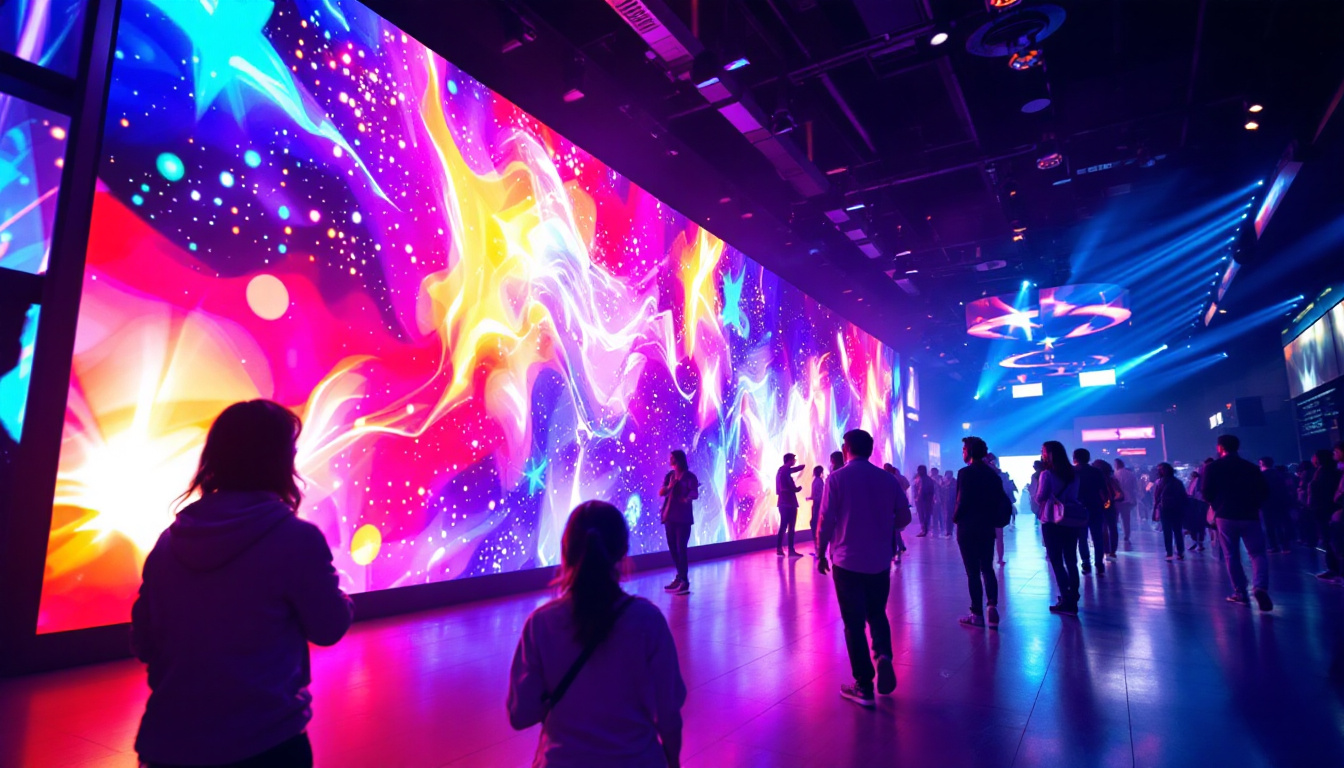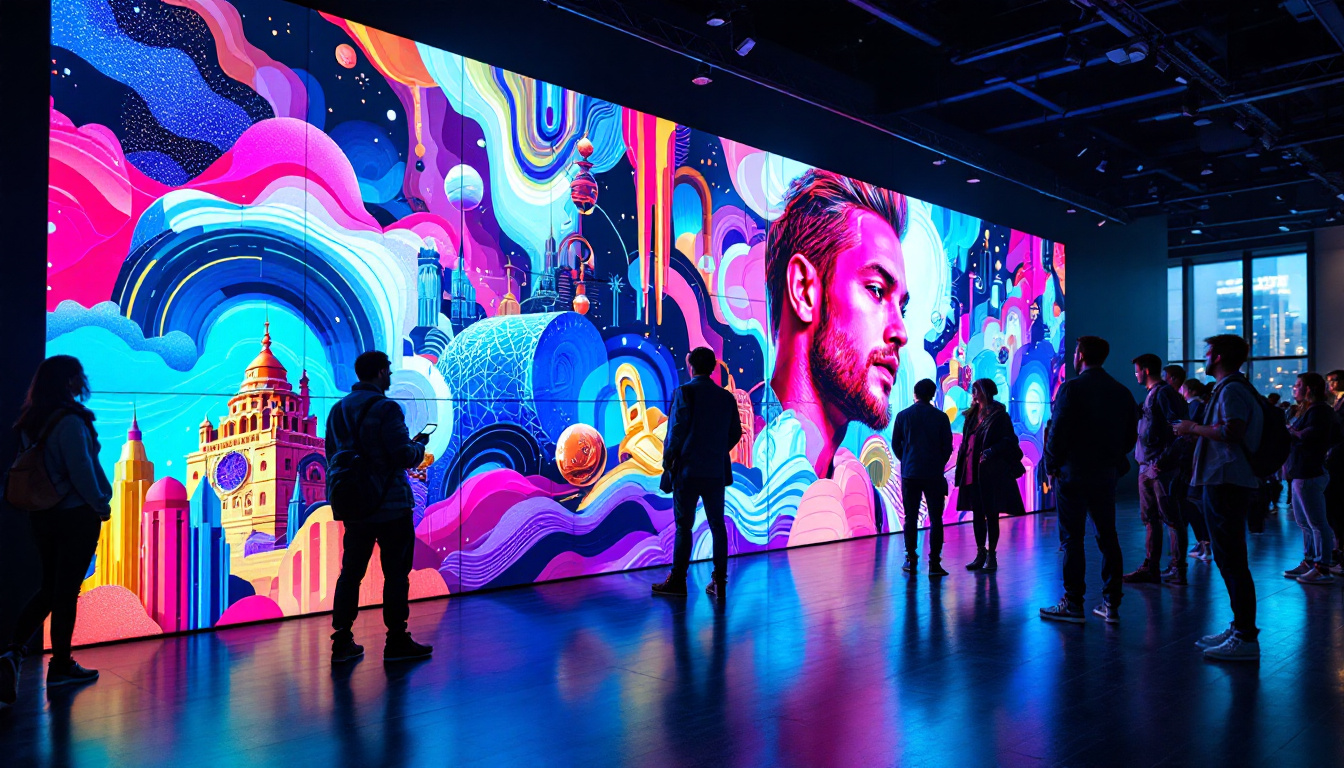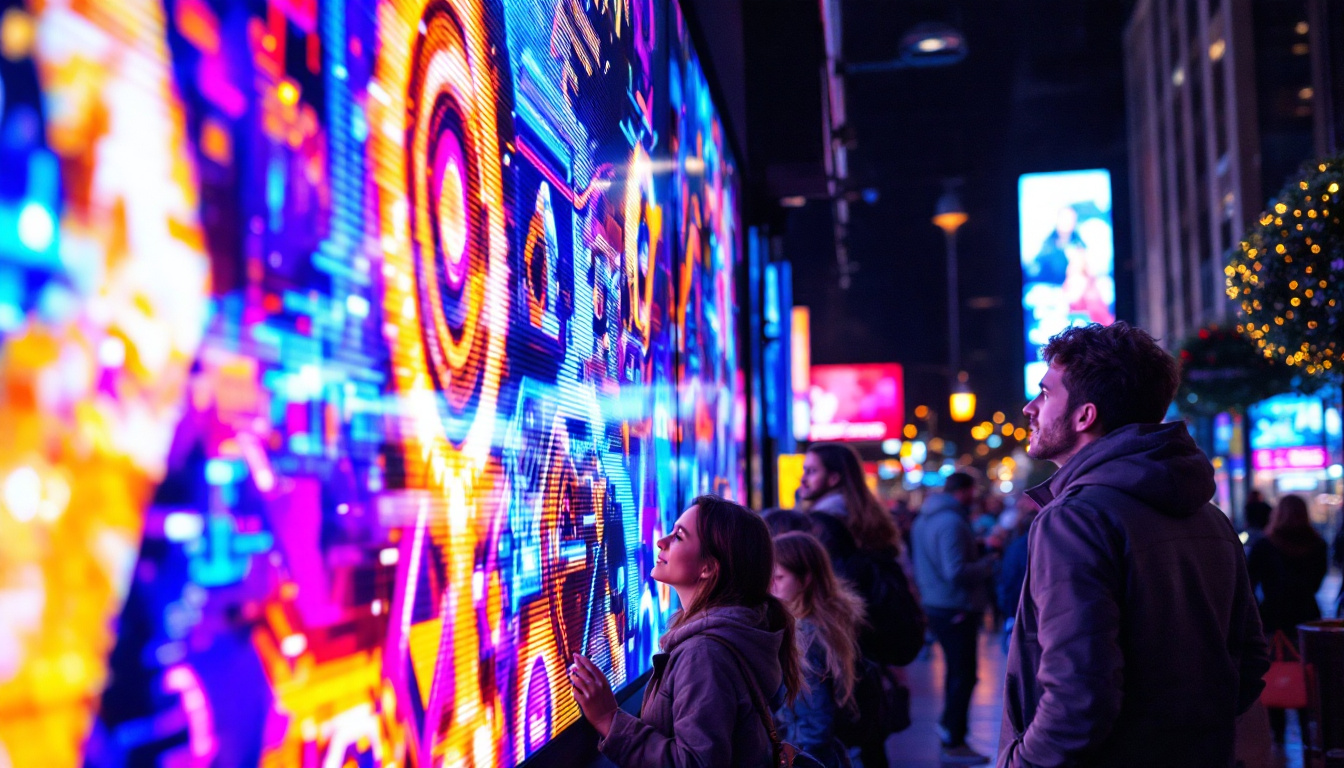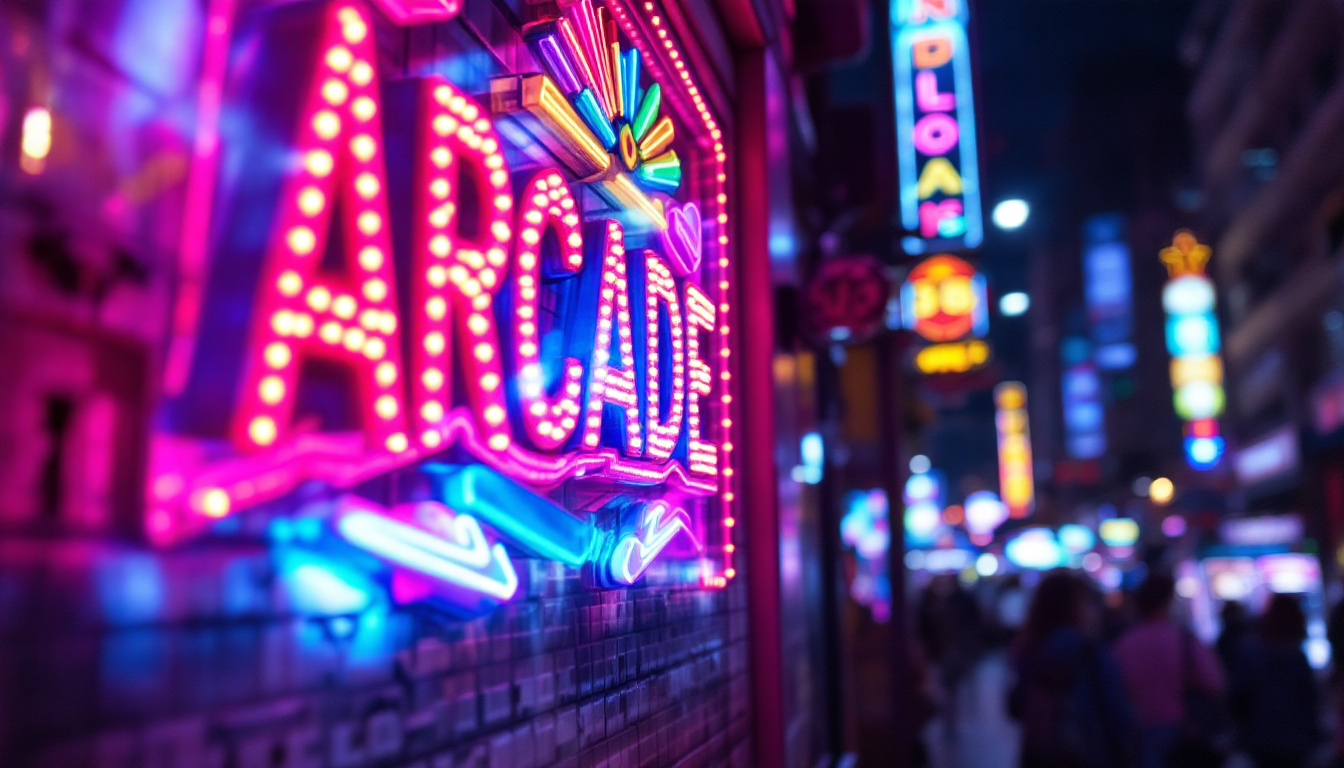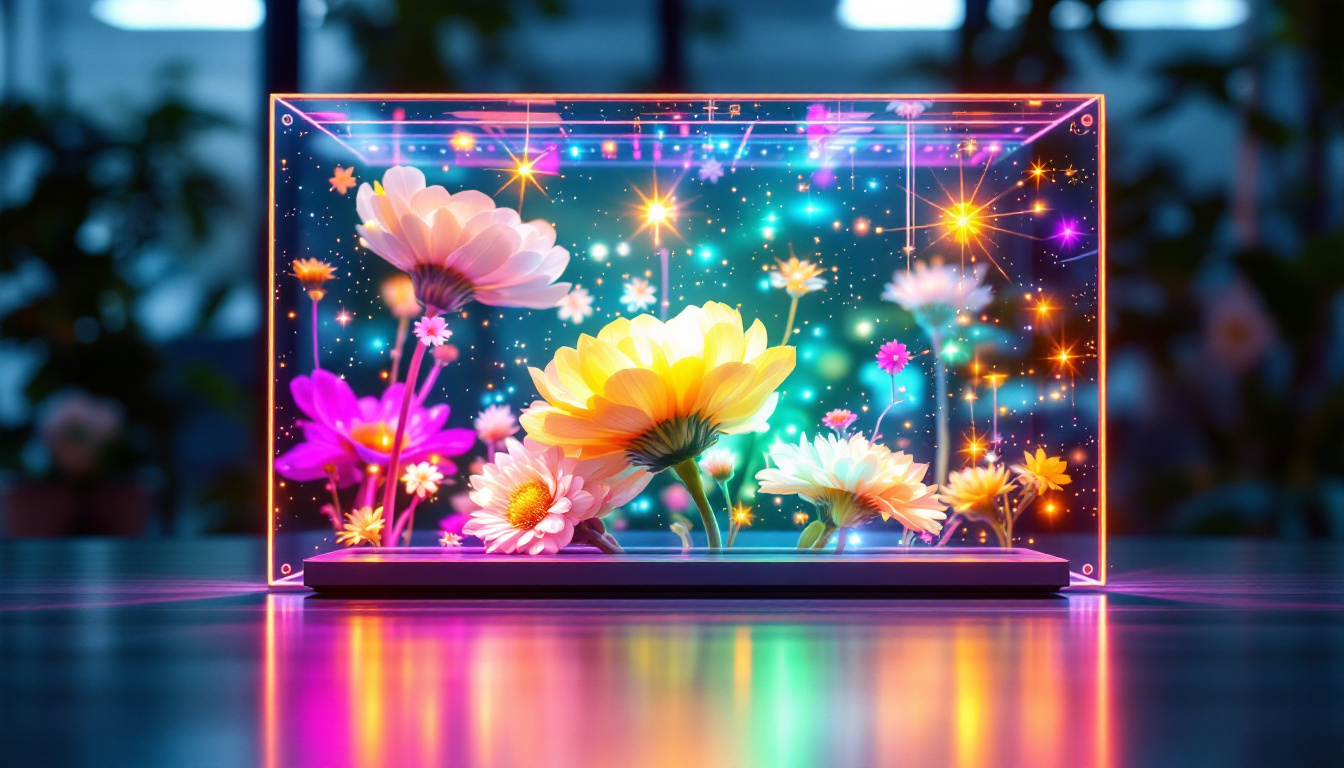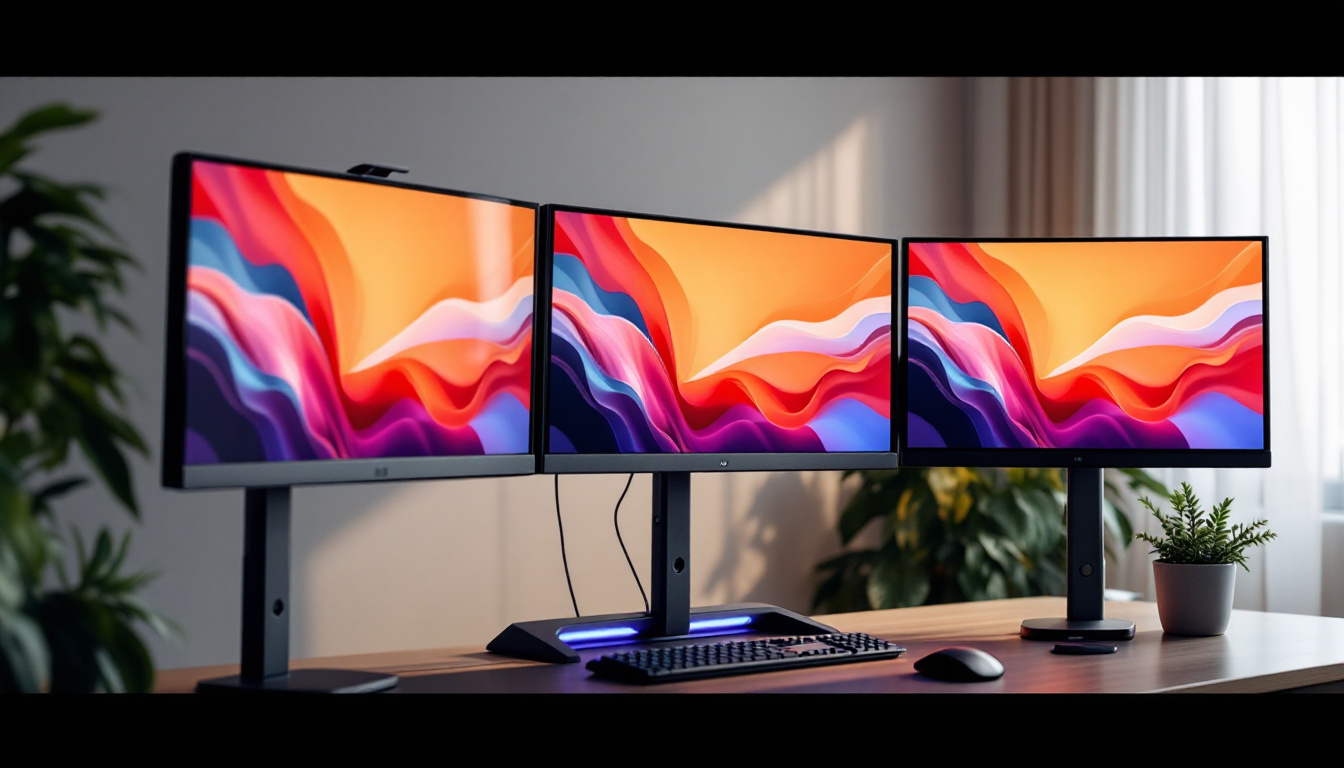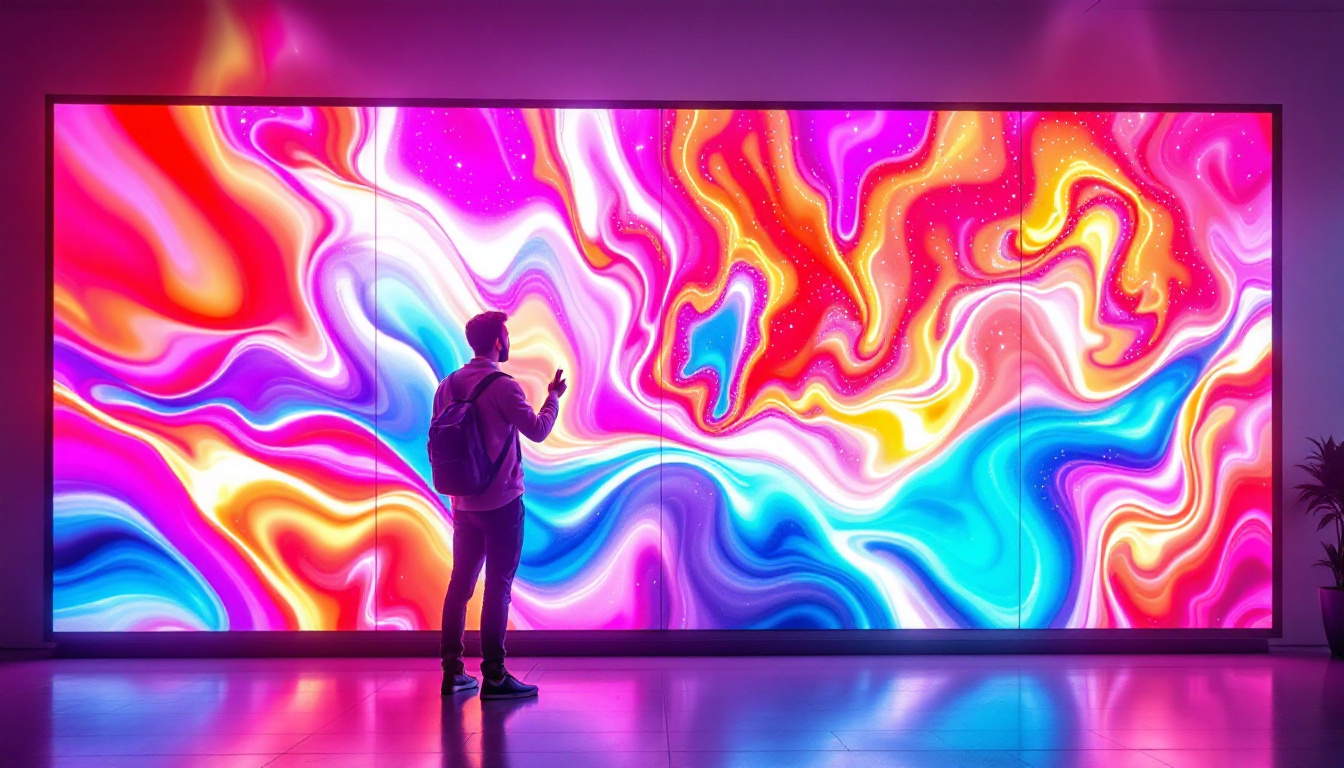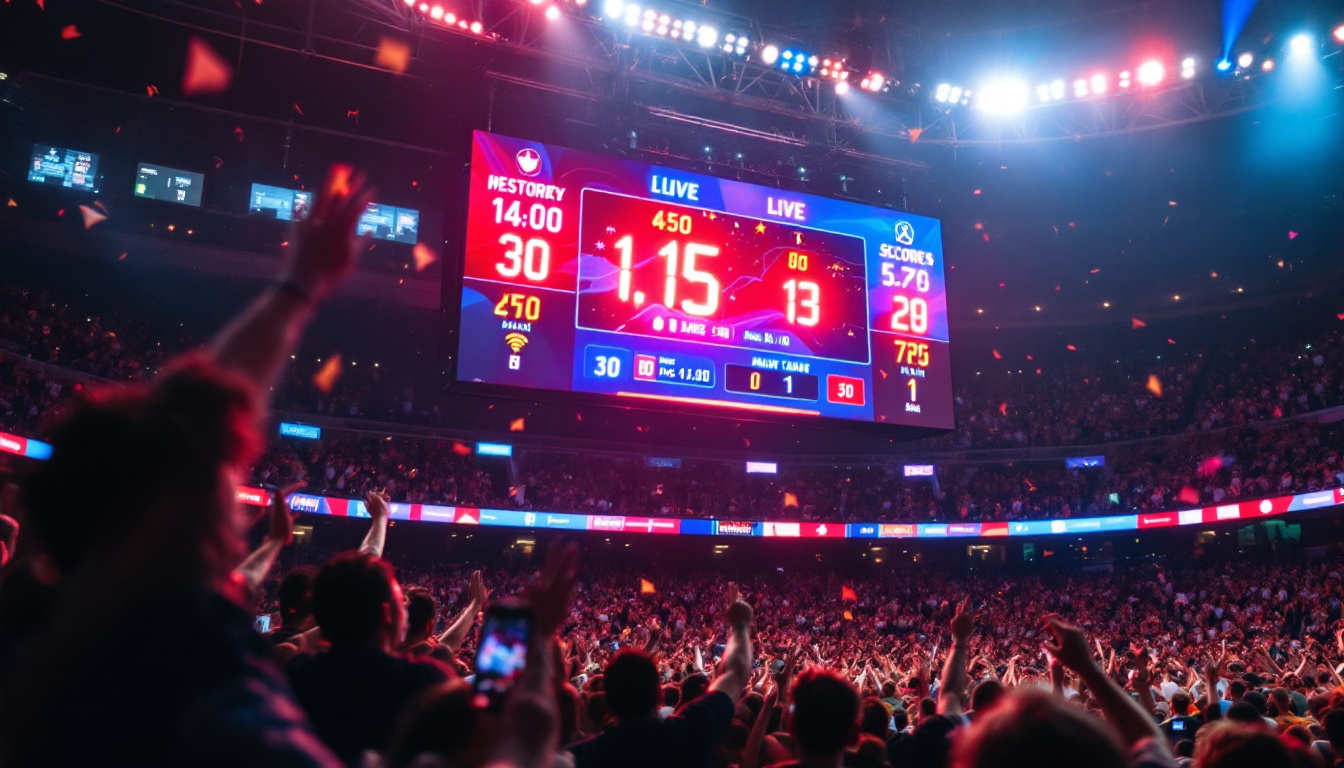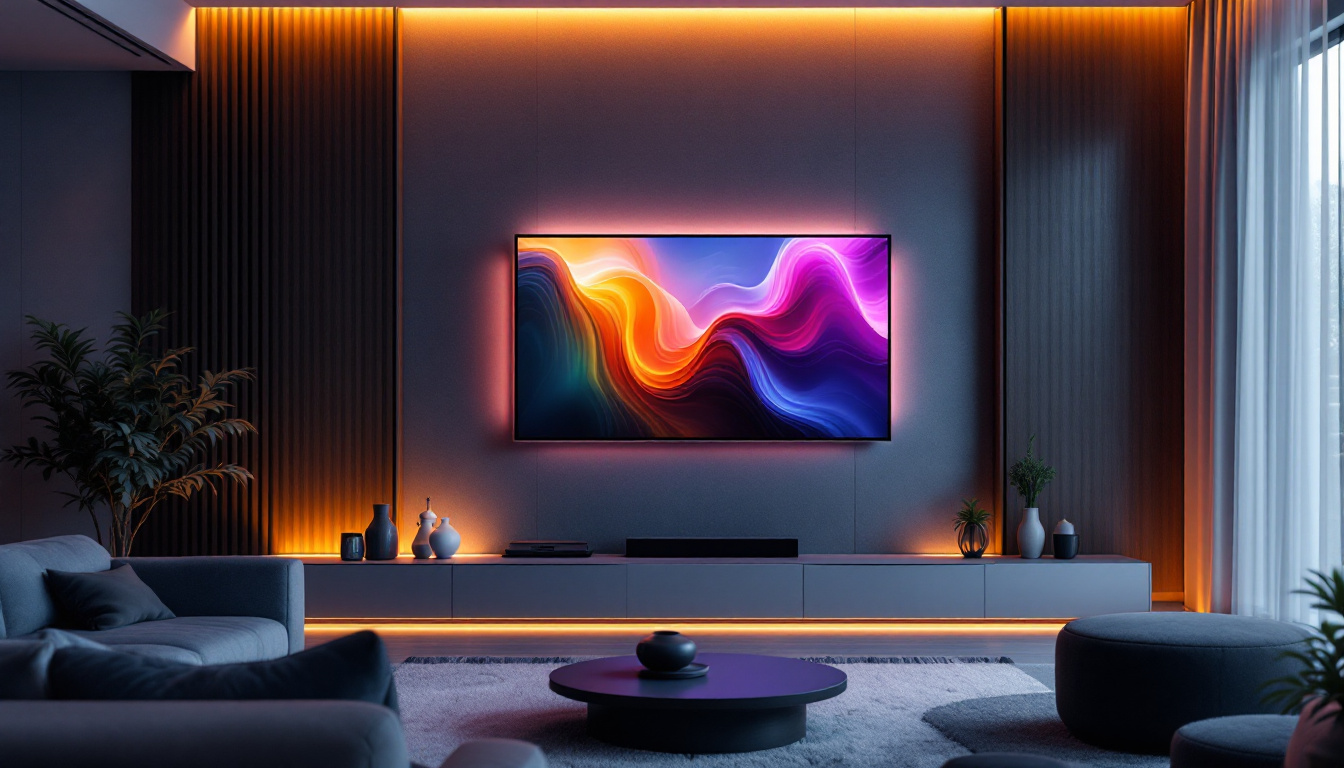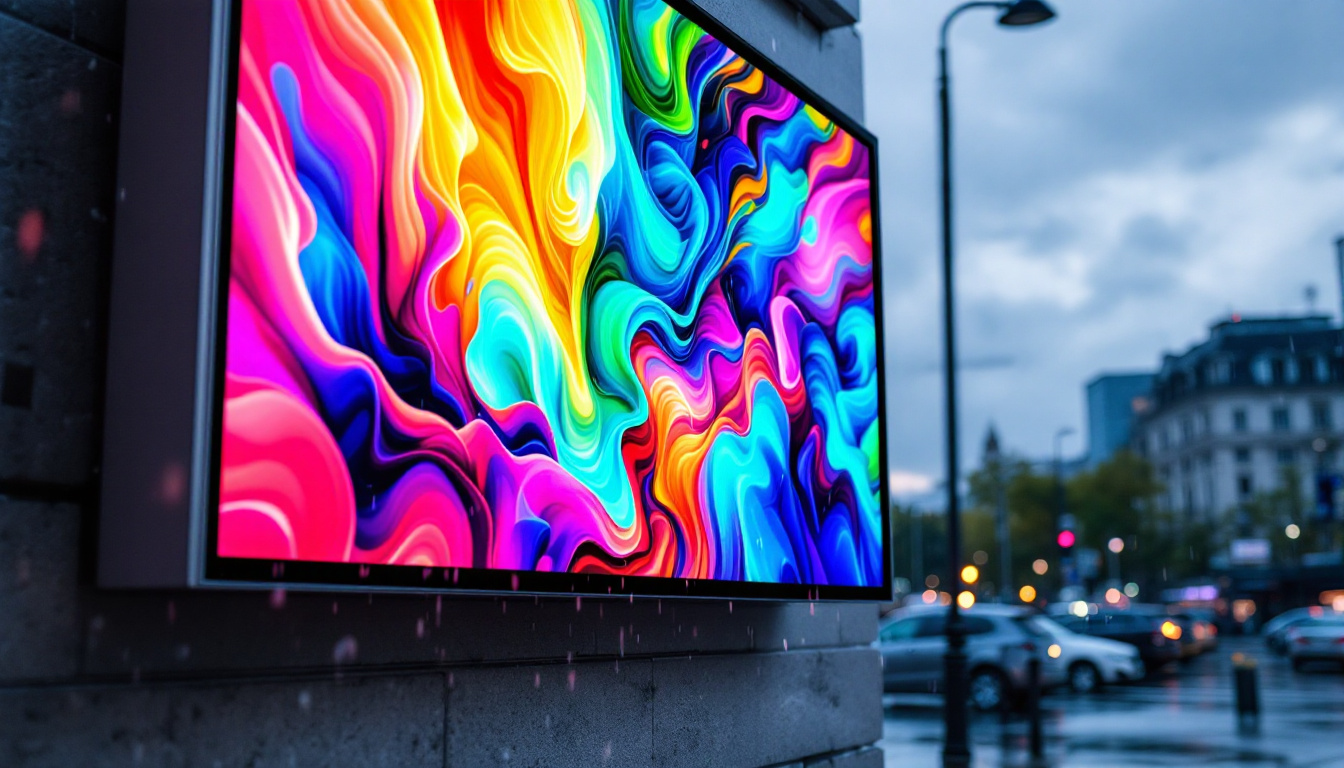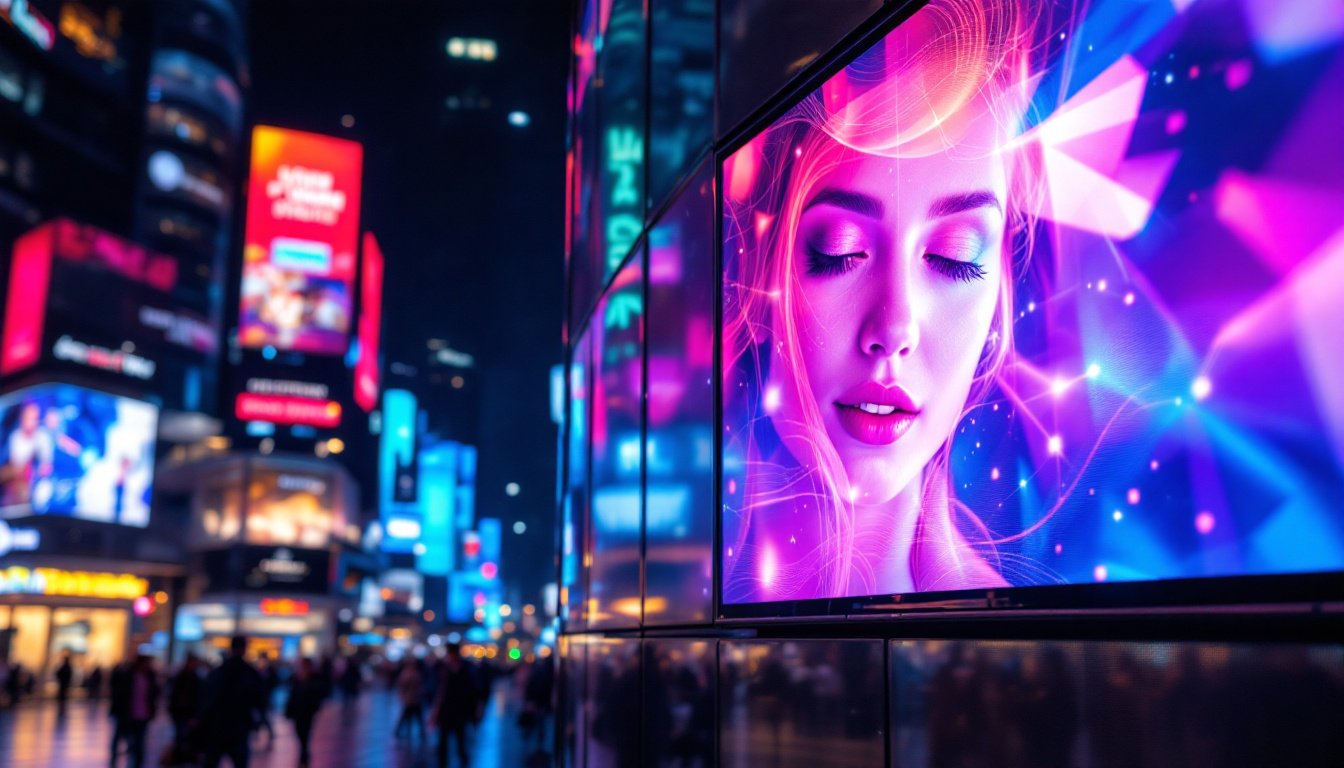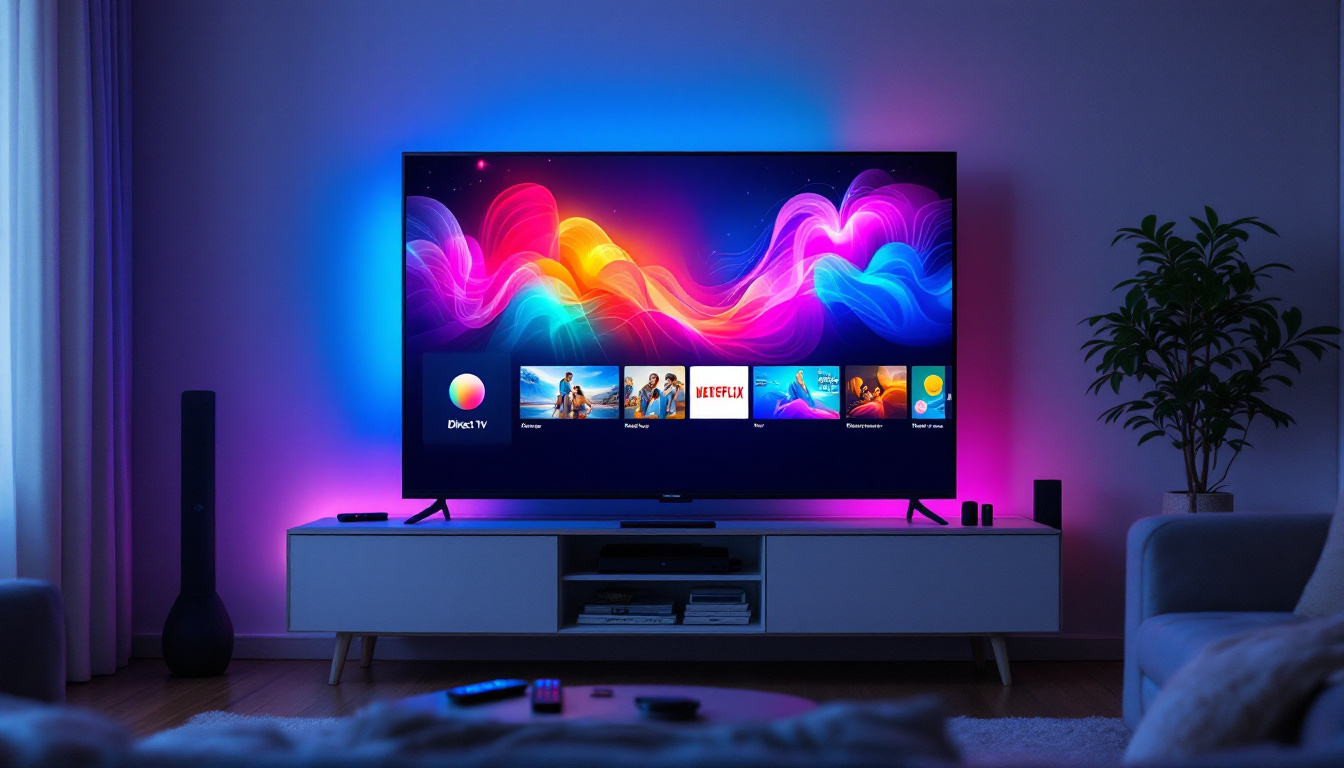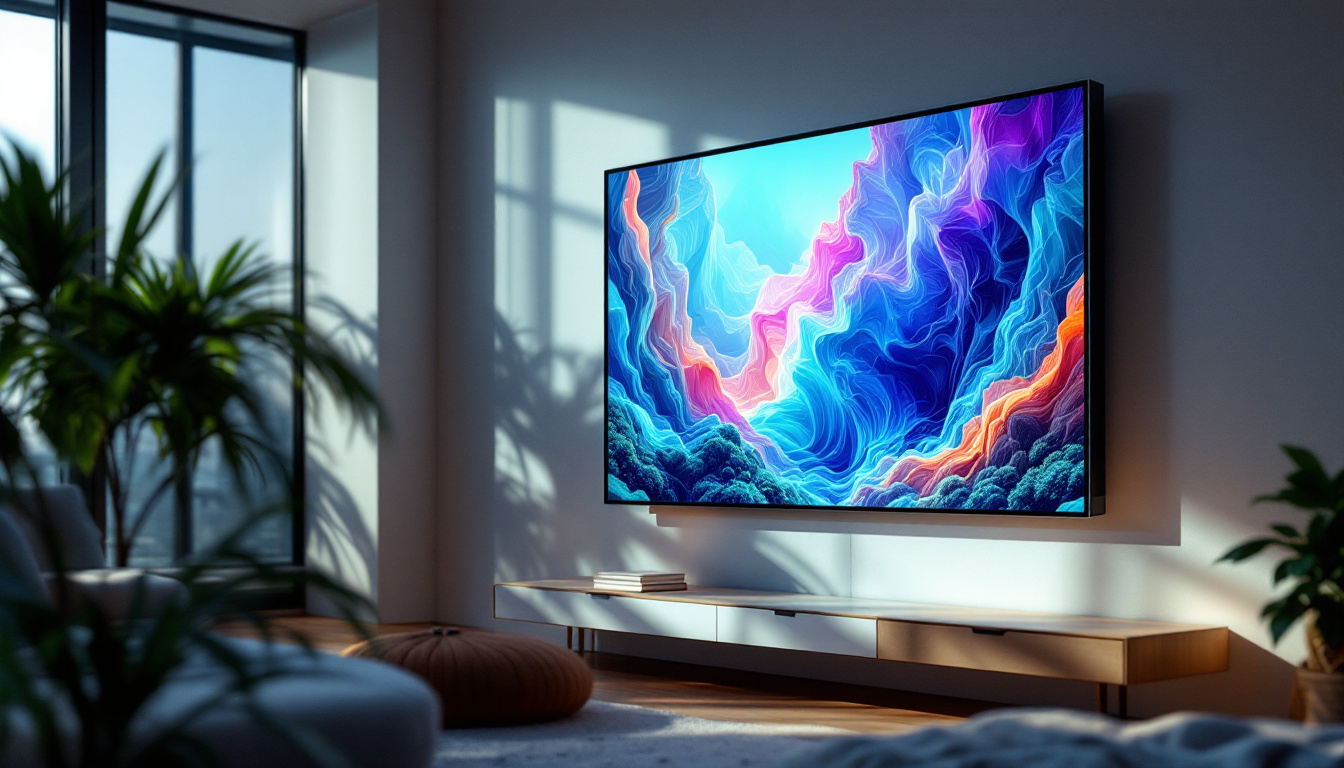In today’s fast-paced world, capturing attention is more challenging than ever. Businesses, event organizers, and public institutions constantly seek innovative ways to communicate messages effectively and dynamically. One technology that has revolutionized the signage industry is the LED display. This article dives deep into what LED displays are, how they work, their benefits, and why they have become a cornerstone in modern signage solutions.
What Is an LED Display?
LED stands for Light Emitting Diode, a semiconductor device that emits light when an electric current passes through it. An LED display is essentially a screen made up of numerous tiny LEDs arranged in a matrix to form images, text, or videos. Unlike traditional signage that relies on static prints or neon lights, LED displays offer vibrant, dynamic, and customizable content. This adaptability not only enhances visual appeal but also allows businesses to change their messaging in real-time, catering to different audiences or events as needed.
These displays vary in size and resolution, from small indoor panels used in retail stores to massive outdoor billboards towering over city streets. The flexibility of LED technology allows for a wide range of applications, making it a popular choice across industries. For instance, sports arenas utilize large LED screens to display live game footage and instant replays, while concert venues use them to create immersive visual experiences that complement the performances. This versatility extends to advertising, where brands can showcase their products in eye-catching ways that capture consumer attention.
How LED Displays Work
At the core of an LED display are the individual diodes that emit red, green, and blue light. By adjusting the intensity of each color, the display can produce a full spectrum of colors. This RGB (Red, Green, Blue) combination is the foundation of all digital color displays. The technology behind LED displays has evolved significantly, with advancements such as organic LEDs (OLEDs) and microLEDs, which offer even greater color accuracy and energy efficiency, further pushing the boundaries of what is possible in visual technology.
The LEDs are grouped into pixels, and thousands or even millions of these pixels combine to create the final image or video. A control system manages the timing and brightness of each LED, enabling smooth motion and high-quality visuals. The refresh rate, pixel pitch (distance between pixels), and resolution determine the clarity and sharpness of the display. Additionally, modern LED displays often come equipped with features such as automatic brightness adjustment, which optimizes visibility based on ambient light conditions, ensuring that the content remains striking and legible at all times. This level of sophistication makes LED displays not just a tool for communication, but a vital element in the design and functionality of contemporary spaces.
Types of LED Displays
Understanding the different types of LED displays is crucial for selecting the right signage solution. Each type has unique characteristics suited for specific environments and purposes.
Indoor LED Displays
Indoor LED displays are designed for environments with controlled lighting. They typically have a smaller pixel pitch, which means the LEDs are closer together, resulting in higher resolution and sharper images. These displays are commonly used in retail stores, conference rooms, airports, and shopping malls.
Because they are viewed from shorter distances, indoor LED displays emphasize clarity and color accuracy. They also tend to be lighter and thinner than their outdoor counterparts, making installation easier in confined spaces.
Outdoor LED Displays
Outdoor LED displays are built to withstand harsh weather conditions such as rain, wind, and extreme temperatures. They have a larger pixel pitch since they are usually viewed from greater distances, like on highways or building facades.
Brightness is a critical factor for outdoor displays, as they need to be visible even in direct sunlight. Modern outdoor LED displays can reach brightness levels of over 5,000 nits, ensuring clear visibility at all times of day.
Flexible and Transparent LED Displays
Emerging technologies have introduced flexible and transparent LED displays, expanding the possibilities for unique signage. Flexible LED panels can bend or curve around surfaces, perfect for creative architectural designs or wearable displays.
Transparent LED displays allow light to pass through, making them ideal for storefront windows where visibility inside the store is essential. These displays combine advertising with aesthetic appeal without obstructing natural light.
Advantages of LED Displays Over Traditional Signage
LED displays offer numerous benefits that traditional signage methods cannot match. These advantages have driven widespread adoption across various sectors.
Dynamic Content and Real-Time Updates
One of the most significant benefits of LED displays is their ability to show dynamic content. Unlike static signs, LED displays can cycle through multiple messages, videos, or animations. This flexibility allows businesses to tailor their messaging to different times of day, special promotions, or events.
Real-time updates are especially valuable for transportation hubs, stock exchanges, or emergency alerts, where timely information is critical. Remote management software enables operators to change content instantly from anywhere, saving time and resources.
High Visibility and Brightness
LED displays are known for their exceptional brightness, making them visible in various lighting conditions. Whether it’s a sunny afternoon or a dimly lit auditorium, LED signage maintains clarity and impact. This high visibility translates into better audience engagement and higher recall rates.
Energy Efficiency and Longevity
Compared to traditional neon or incandescent lighting, LEDs consume significantly less power. This energy efficiency reduces operational costs and supports sustainability goals. Additionally, LED displays have a long lifespan, often exceeding 100,000 hours of operation, minimizing maintenance and replacement expenses.
Customization and Scalability
LED displays can be customized to fit almost any size or shape, from small digital price tags to massive stadium screens. Modular designs allow for easy scaling and maintenance, enabling businesses to expand or modify their signage as needed.
Applications of LED Displays Across Industries
LED display technology has transformed how information and advertising are presented in numerous sectors. Below are some key industries leveraging this technology effectively.
Retail and Advertising
Retailers use LED displays to attract customers with eye-catching promotions and product information. Digital signage inside stores can guide shoppers, highlight deals, and enhance the overall shopping experience. Outdoor LED billboards provide brands with high-impact advertising in busy urban areas.
According to a 2023 report by the Digital Signage Federation, businesses that utilize dynamic digital signage experience up to a 30% increase in customer engagement compared to static signs.
Transportation and Public Information
Airports, train stations, and bus terminals rely on LED displays to provide real-time schedules, gate information, and safety announcements. The ability to update content instantly helps manage passenger flow and improve overall efficiency.
LED displays are also used for traffic management, displaying variable speed limits, warnings, and directions to drivers.
Sports and Entertainment
Stadiums and concert venues use large LED screens to enhance the spectator experience. These displays show live action, replays, advertisements, and interactive content. The vibrant visuals keep audiences engaged and create memorable events.
Corporate and Educational Settings
In corporate environments, LED displays facilitate presentations, digital directories, and internal communications. Educational institutions use them for event announcements, class schedules, and emergency notifications, improving campus communication.
Key Considerations When Choosing an LED Display
Selecting the right LED display involves evaluating several factors to ensure it meets specific needs and delivers optimal performance.
Resolution and Pixel Pitch
Resolution determines the detail and clarity of the displayed content. Pixel pitch, the distance between individual LEDs, directly affects resolution; smaller pixel pitch means higher resolution. For indoor use or close viewing distances, a pixel pitch of 1.5mm to 4mm is ideal. Outdoor displays typically have a pixel pitch of 10mm or more.
Brightness and Viewing Angle
Brightness is measured in nits, with higher values needed for outdoor environments. Viewing angle is also crucial; wider angles ensure visibility from different positions, enhancing audience reach.
Durability and Weather Resistance
For outdoor installations, displays must be rated for water resistance (IP65 or higher) and withstand temperature extremes. Robust construction ensures longevity and reduces maintenance.
Control Systems and Software
The ease of content management is vital. Modern LED displays come with user-friendly software platforms that support scheduling, remote updates, and integration with other digital systems.
Future Trends in LED Display Technology
As technology advances, LED displays continue to evolve, offering new possibilities for signage and communication.
MicroLED and MiniLED Innovations
MicroLED and MiniLED technologies represent the next generation of LED displays, providing even higher resolution, better color accuracy, and improved energy efficiency. These displays are gaining traction in consumer electronics and professional signage.
Integration with IoT and AI
Smart LED displays integrated with Internet of Things (IoT) devices and artificial intelligence can deliver personalized content based on audience demographics, weather conditions, or real-time analytics. This level of customization enhances engagement and marketing effectiveness.
Eco-Friendly and Sustainable Solutions
Manufacturers are focusing on reducing the environmental impact of LED displays by using recyclable materials, lowering power consumption, and improving end-of-life disposal processes. Sustainability is becoming a key consideration for businesses investing in signage.
Conclusion
LED displays have transformed the landscape of signage by offering vibrant, flexible, and efficient solutions for communication and advertising. Their ability to deliver dynamic content, combined with durability and energy efficiency, makes them an invaluable tool across industries. As technology continues to advance, LED displays will become even more integral to how businesses and organizations engage with their audiences.
Understanding the fundamentals of LED display technology, its applications, and key considerations ensures that decision-makers can select the most effective signage solutions tailored to their unique needs. Whether for retail, transportation, entertainment, or corporate use, LED displays provide unmatched opportunities to stand out and connect in an increasingly visual world.
Illuminate Your Message with LumenMatrix
Ready to elevate your visual communication and captivate your audience like never before? Discover the innovative world of LumenMatrix LED display solutions. From vibrant Indoor and Outdoor LED Wall Displays to dynamic Vehicle and Sports LED Displays, our cutting-edge technology is designed to make your brand shine. Experience the future of digital signage with our Custom, All-in-One, and Transparent LED Displays, crafted to deliver your message with unparalleled impact and clarity. Check out LumenMatrix LED Display Solutions today and transform the way you connect with your audience.





